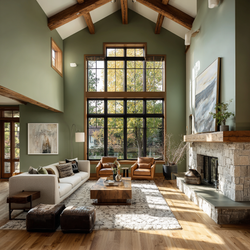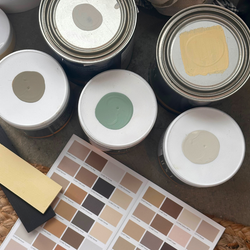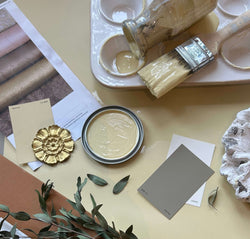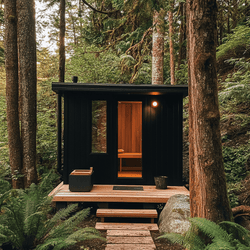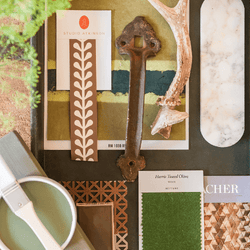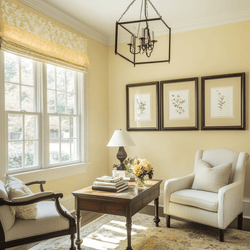Painting Kitchen Cabinets: Your DIY Guide to a Perfect Finish

Painting kitchen cabinets can be a rewarding DIY project, but it requires careful planning and execution for the best results. Here's a step-by-step guide, complete with tips and tricks:
First, know that it will take longer than you think It’s different from painting walls; in fact, plan for about twice as long due to proper prep and planning.
Step 1 - Preparation:
- Empty the Cabinets: Remove all items from your cabinets. A word of caution when removing cabinet doors and drawers. You might think you know where everything goes, but it's more confusing than you think, so plan ahead by labeling where each one goes in pencil; it can be as simple as labeling each piece from one to 18, for example, and also writing the number on the corresponding cabinet shell.
- Remove Hardware and Doors: Take off the cabinet doors, drawers, and hardware (hinges, knobs, etc.). Label them with tape so you know where each piece goes.
- Clean Surfaces: Use a degreaser to thoroughly clean all surfaces to be painted. Kitchen cabinets often accumulate grease and dirt, which can interfere with paint adhesion.
Step 2 - Sanding:
- Sand the Surfaces: Lightly sand all surfaces to be painted. This helps the paint adhere better. Use a fine-grit sandpaper (around 220-grit).
- Clean-Up Dust: After sanding, wipe down the surfaces with a tack cloth or damp rag to remove dust.
Step 2 - Priming:
- Apply Primer: Use a high-quality primer suitable for the cabinet material. Priming is crucial for a long-lasting paint job, especially if your cabinets are made from a dense wood or have a glossy finish.
- **Pro Tip: For dark cabinets being painted a lighter color, consider a stain-blocking primer to prevent bleed-through. Also, get a hold of a good angled brush for better precision.

Step 4 - Paint:
- Choose the Right Paint: Use a paint that's specifically formulated for cabinets like C2 Cabinet & Trim, a water-based paint that's as durable as traditional oil paint, without all the toxins. Semi-gloss or satin finishes are usually recommended for kitchens. We now have an eggshell formula that’s perfect for kitchens and bath!
- Apply Paint: Use a brush for small areas and a small roller for larger flat surfaces. Apply paint in thin, even coats. Two coats are often necessary for even coverage.
- Let Dry: Allow ample drying time between coats. Check the paint can for recommended drying times.
5. Step 5 - Reassemble:
- Reattach Hardware: Once the paint is fully dry, reattach the hardware.
- Reinstall Doors and Drawers: Carefully put the doors and drawers back in place according to your labels.
Other Helpful Tips and Tricks:
- Use Quality Brushes and Rollers: Invest in good quality brushes and rollers for a smoother finish.
- Avoid Brush Marks: To minimize brush strokes, try using a paint conditioner like Floetrol.
- Paint in a Clean Environment: Keep the area free of dust and avoid painting on windy days to prevent dust from sticking to wet paint.
- Practice Patience: Don’t rush the process. Give ample time for each coat to dry to avoid smudges and fingerprints.
- Use Painter's Tape: Protect walls and interior sections of cabinets with painter’s tape.
- Lighting: Make sure you have good lighting to catch any drips or uneven areas.
Watch this video by DIY Expert Jeff Thorman about painting old cabinets and get a discount on C2 Paint!
Remember, the key to a successful cabinet painting project lies in preparation. A thorough prep, along with patience and attention to detail, will yield a kitchen transformation that you can be proud of.



